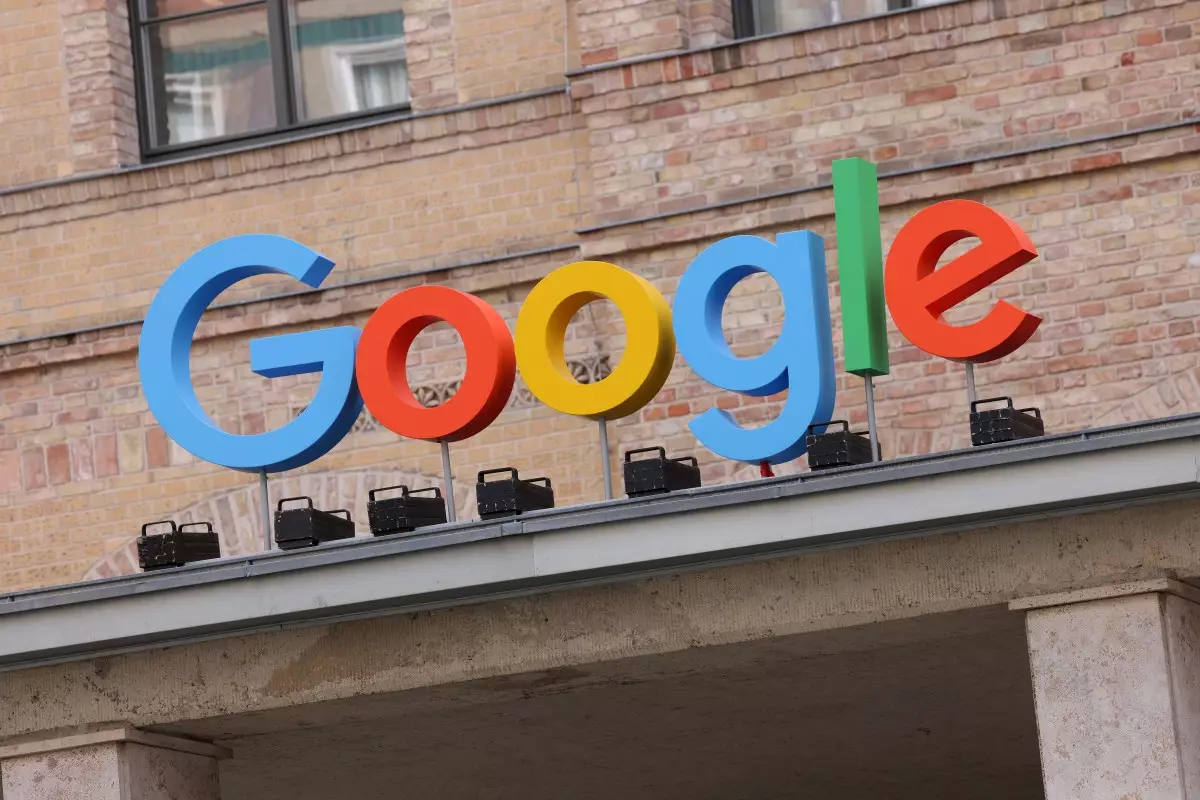Google’s recent announcement marks a significant leap forward in the intersection of artificial intelligence and online shopping. By introducing a feature that allows users to virtually try on clothes using AI, the tech giant is setting a new standard for personalized retail experiences. Unlike previous virtual try-on tools that mainly showcased clothes on generalized models, this latest innovation empowers consumers to see how garments actually look on a representation of themselves. This shift from generic visualization to personalized simulation underscores Google’s understanding of consumer desires for authenticity and individuality in digital shopping.
The process is surprisingly straightforward: users upload a full-length photo of themselves and receive a simulated view of how a selected piece of clothing would appear on their body. The ease of saving and sharing looks adds a social dimension to the experience, transforming online shopping into an interactive and engaging activity. This may seem like a gimmick to some, but it effectively addresses one of the most persistent pain points in digital apparel retail—uncertainty about fit and appearance. As online shopping grows, consumers increasingly demand immersive experiences that bridge the gap between digital and physical stores.
What’s especially compelling about this development is Google’s strategic investment in generative AI. The technology behind this feature is not only about visual matching but also about creating a convincing simulation that boosts confidence in purchase decisions. Moreover, the integration across Google Search, Shopping, and Images ensures broad accessibility, positioning this feature as a potential game-changer rather than a mere add-on.
Empowering Consumers with Smarter Price and Style Tools
In addition to visual try-ons, Google is refining its shopping ecosystem with smarter price alerts. Consumers can now specify their desired price points, sizes, and colors, and receive real-time notifications when deals matching their criteria surface. The significance of this feature cannot be overstated; it responds directly to consumer frustration with fluctuating prices and effort-intensive back-and-forth checking. By automating this process, Google is not only making shopping more convenient but also more strategic, allowing users to become their own bargain hunters.
The introduction of this feature reflects a broader recognition that modern shoppers crave control and customization. It shifts some of the power from retailers to the consumers, enabling them to make more informed decisions without the commitment of immediate purchase. As the Shopping Graph becomes a comprehensive map of online inventory and prices, Google is positioning itself as an indispensable tool for savvy shoppers seeking to optimize their spending.
Visual Inspiration and the Future of Digital Design
Perhaps the most ambitious and intriguing aspect of Google’s recent updates is its upcoming visual inspiration feature. Scheduled for release this fall, it will harness Google’s “vision match” technology to generate tailored visual ideas for outfits or home decor. For instance, users could input a preference like a “green flowing dress for a garden party” or envision bedroom makeover concepts. The system pulls from an enormous database of 50 billion products in the Shopping Graph to produce curated visual matches.
This development signals a shift toward highly personalized, AI-driven design suggestions that blend e-commerce with creative discovery. It’s an acknowledgment that shopping is no longer just transactional but also an aspirational and expressive activity. With AI curating options to match individual tastes, users can explore a limitless array of styles without the burden of sifting through countless listings.
Furthermore, Google’s integration of generative imagery sets the stage for future innovations in virtual interior design and fashion styling. The technology could potentially evolve into a comprehensive toolkit where consumers collaboratively co-create their personal spaces or wardrobes entirely within the digital realm. It raises questions about how much control AI should have in shaping our aesthetic choices, but there’s no denying that it will significantly influence how people visualize and realize their ideals.
Challenging the Status Quo of E-Commerce
Google’s aggressive push into virtual try-on, smart alerts, and visual styling underscores a broader philosophy: the future of shopping is immersive, personalized, and AI-enhanced. This approach challenges traditional e-commerce paradigms that rely heavily on static images, reviews, and search filters. Instead, Google is cultivating an ecosystem where interaction, customization, and visual experimentation become core components.
However, this evolution is not without its pitfalls. Privacy concerns loom large, as personalized visualizations and fitting simulations require extensive data about users’ bodies and preferences. There’s also a risk of over-reliance on AI-generated imagery, which might strip away authenticity in favor of curated perfection. As consumers get used to these sophisticated tools, they may experience heightened expectations that digital shopping can perfectly mimic in-store experiences—a bar that is difficult to meet consistently.
Nonetheless, Google’s investments signal a clear recognition that the future of retail hinges on innovation that makes online shopping more intuitive, engaging, and aligned with individual identities. If the company can navigate the ethical and technical challenges effectively, it could redefine how we discover, try, and buy what we want, all from the comfort of our homes.
In the grand scheme, Google’s new features reflect a fundamental shift: a move toward an integrated digital environment where AI plays a central role in personal expression, savings, and discovery. It’s a bold step into a future where your digital reflection might soon be your most powerful shopping assistant—more personalized, more precise, and undeniably more exciting.

